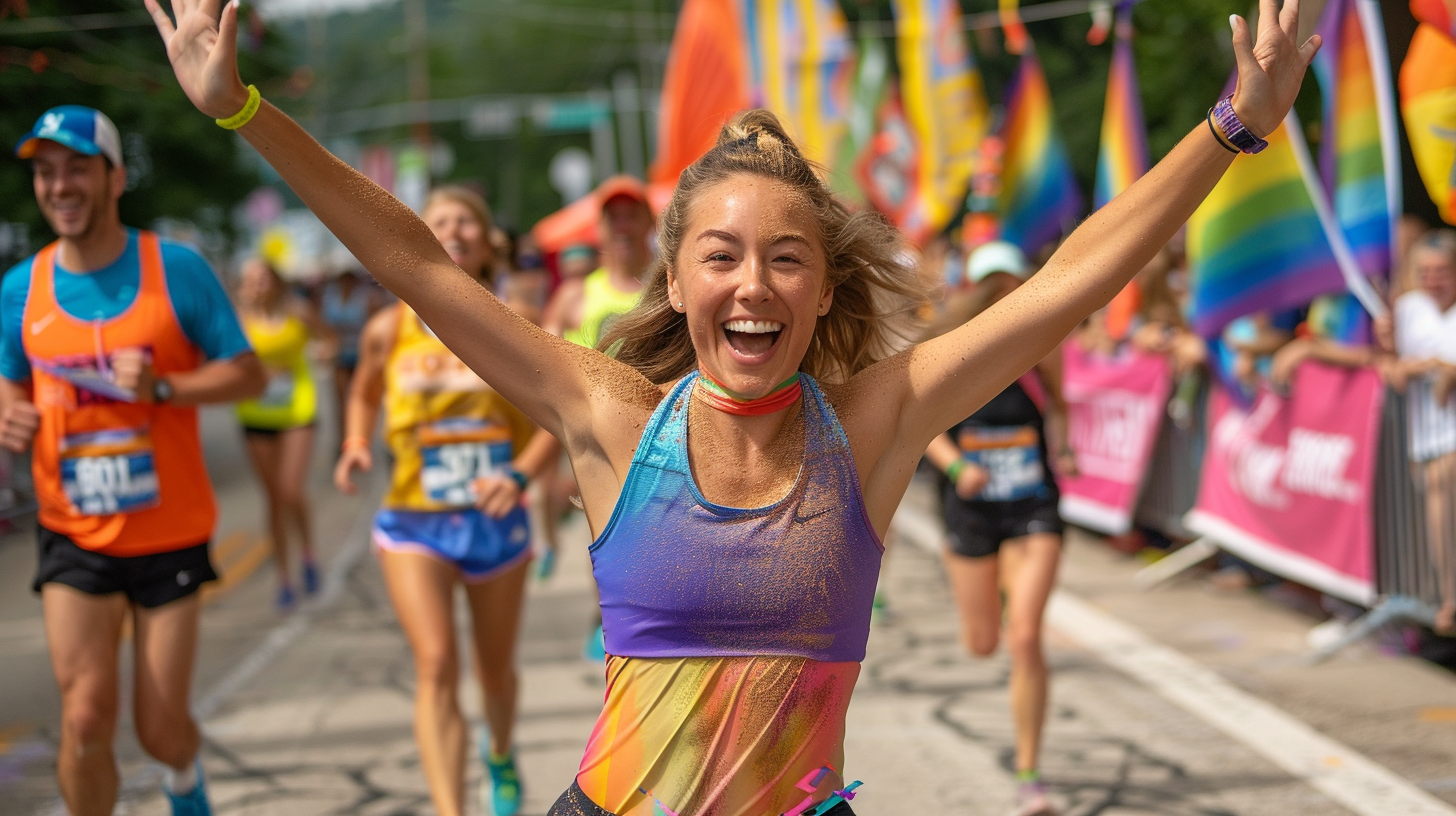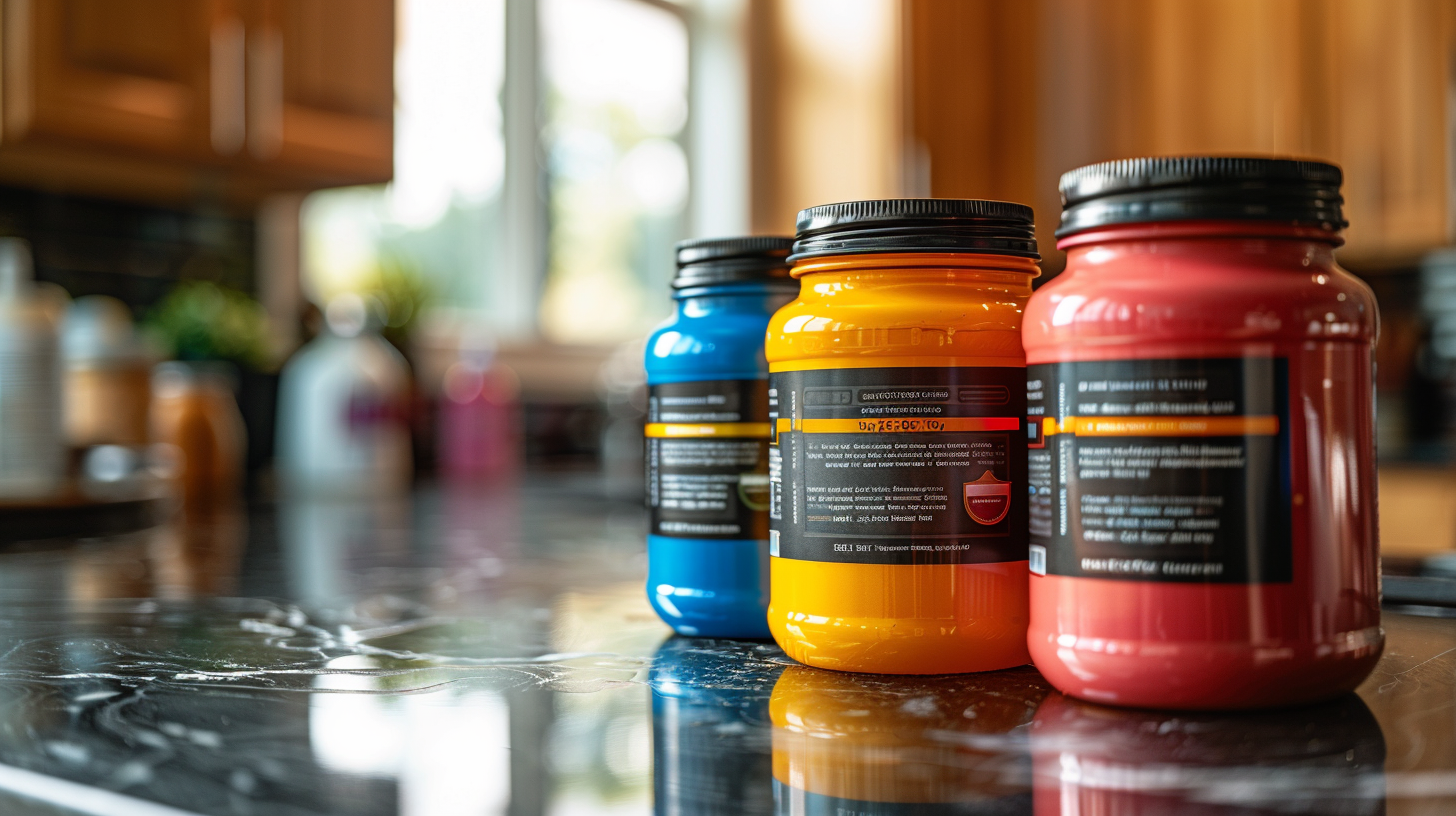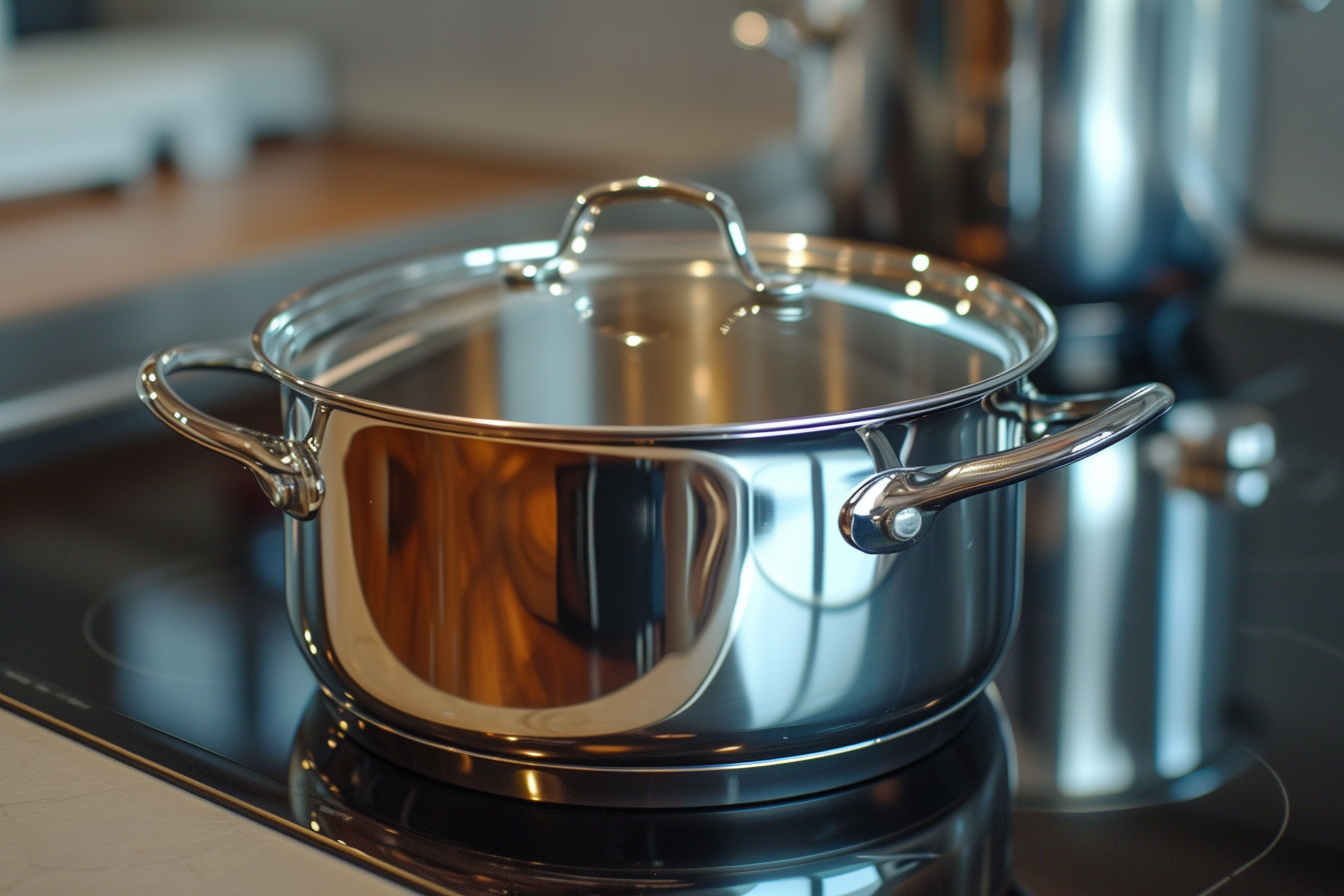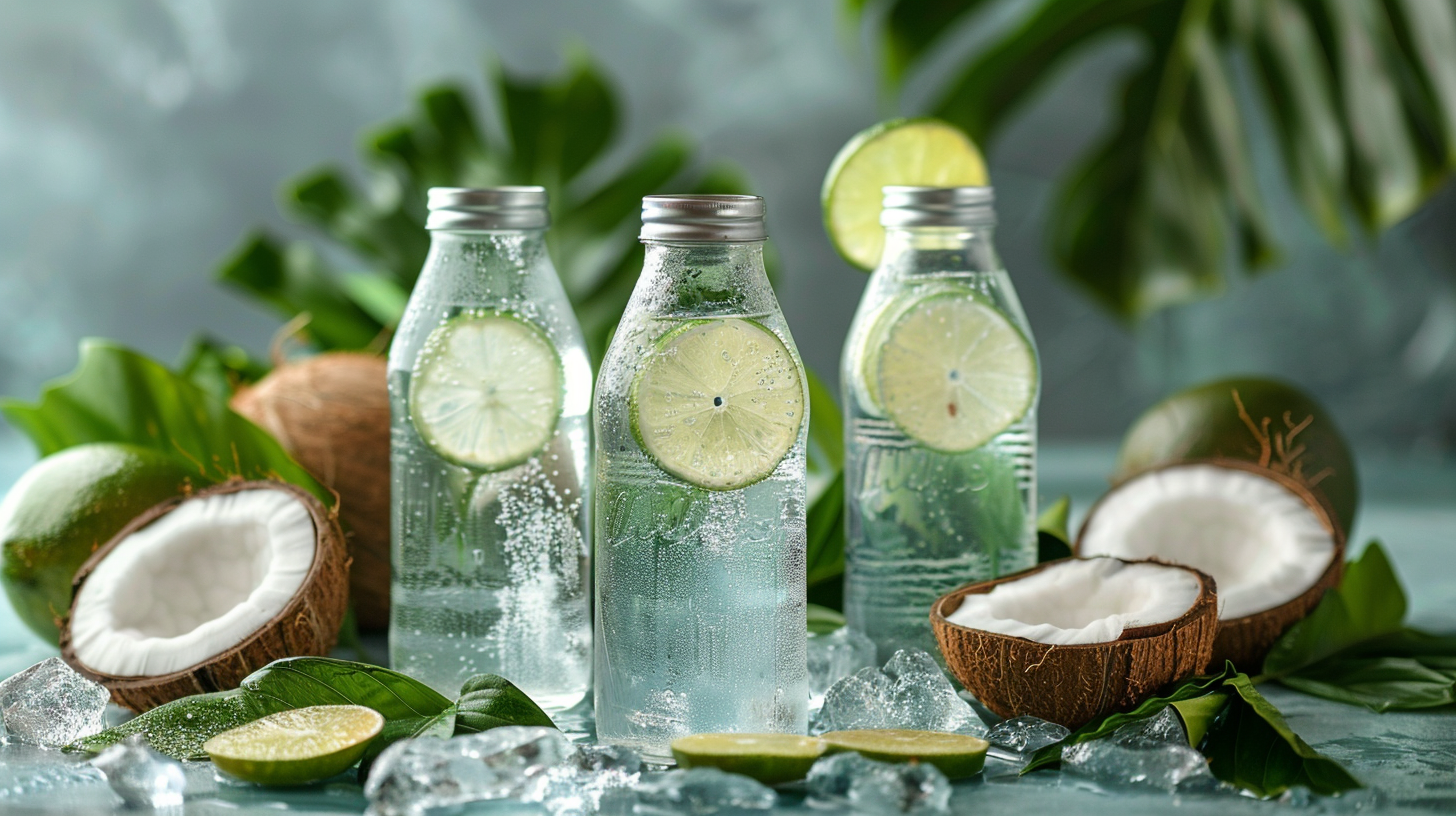Are you an athlete looking to optimize your performance and health? Following a gluten-free diet could be the key to unlocking your full potential.

By eliminating gluten-containing foods, you can reduce inflammation, improve digestion, and enhance your overall well-being.
Embracing a gluten-free lifestyle doesn't have to be daunting. With simple meal prepping, diligent label reading, and mastering the art of cooking at home, you can easily navigate this dietary change.
Seeking advice from a nutrition professional and being mindful of cross-contamination will further support your gluten-free journey.
With the right approach, you can fuel your body for success while staying gluten-free.
Key Takeaways
- Plan and prepare meals in advance with a focus on nutrient-dense foods like lean proteins, fruits, vegetables, and gluten-free whole grains.
- Read food labels carefully to identify gluten sources and hidden gluten in products.
- Cook at home to have control over ingredients and minimize the risk of gluten contamination, using separate utensils and cookware.
- Seek professional advice from a registered dietitian specializing in gluten-free nutrition to receive personalized meal plans and guidance on nutrient requirements.
Meal Prepping
When meal prepping on a gluten-free diet as an athlete, plan and prepare your meals in advance to ensure you have convenient and healthy options readily available.
Nutritional balance is crucial for athletes following a gluten-free diet. Ensure your meal prepping includes a variety of nutrient-dense foods such as lean proteins, fruits, vegetables, and gluten-free whole grains to meet your energy and nutrient needs.
Effective time management is essential when meal prepping as an athlete. Dedicate specific time slots during your week for planning, grocery shopping, and meal preparation to streamline the process. Utilize tools like a meal planner or prepping containers to organize and store your meals efficiently.
Reading Food Labels

To maintain a balanced gluten-free diet as an athlete, understanding how to read food labels is essential for ensuring the absence of gluten and identifying potential sources of hidden gluten. When reading food labels, focus on understanding the ingredients. Look for common sources of gluten, such as wheat, barley, rye, and their derivatives.
Additionally, familiarize yourself with less obvious sources of gluten, such as malt flavoring, hydrolyzed wheat protein, and modified food starch. Identifying hidden gluten requires scrutiny of labels, as gluten can be present in unexpected products like soy sauce, salad dressings, and even some types of deli meats.
It's also important to be aware of cross-contamination risks, as products processed in facilities that handle gluten-containing ingredients may pose a threat.
Cooking at Home
For athletes following a gluten-free diet, cooking at home allows you to have full control over the ingredients and minimize the risk of gluten contamination. When preparing gluten-free meals, it's essential to have the right kitchen equipment.

Investing in separate cutting boards, toasters, and cooking utensils for gluten-free foods can prevent cross-contamination. Additionally, using non-stick pans and stainless steel cookware instead of cast iron can further reduce the risk of gluten exposure.
Experimenting with healthy recipes that focus on whole foods such as lean proteins, fruits, vegetables, and gluten-free grains like quinoa and rice can help you maintain a balanced diet. Consider exploring international cuisines that naturally incorporate gluten-free ingredients, such as Asian stir-fries or Mexican corn tortilla dishes.
Cooking at home not only ensures the safety of your meals but also allows for creativity and variety in your gluten-free diet.
Seeking Professional Advice
Consider consulting with a registered dietitian specializing in gluten-free nutrition to develop a personalized meal plan that meets your athletic and dietary needs.
These experts can provide valuable guidance on making dietary adjustments to ensure that you're getting the necessary nutrients while avoiding gluten-containing foods.
A dietitian can help you navigate food labels, identify hidden sources of gluten, and suggest suitable alternatives to gluten-containing grains. They can also assist in optimizing your carbohydrate intake to maintain energy levels and aid in recovery.
Additionally, a dietitian can address any potential nutrient deficiencies that may arise from eliminating gluten-containing foods from your diet.
Avoiding Cross-Contamination
When preparing your meals, be mindful of potential cross-contamination from utensils, cutting boards, and cooking surfaces that may have come into contact with gluten-containing foods. To ensure kitchen safety, designate specific gluten-free cooking utensils, cutting boards, and cookware.
Use separate sponges and dishcloths for cleaning gluten-free items to prevent cross-contact. Store gluten-free ingredients in a separate area or shelf in your pantry or refrigerator to avoid accidental mixing with gluten-containing products.
When using shared kitchen appliances such as toasters or ovens, consider using toaster bags or dedicated gluten-free toaster ovens to prevent cross-contamination. Additionally, always read food labels and be aware of hidden sources of gluten to maintain a gluten-free diet.
Frequently Asked Questions
Can Athletes Still Get Enough Carbohydrates for Energy on a Gluten-Free Diet?
Yes, athletes can still get enough carbohydrates for energy on a gluten-free diet. You can incorporate gluten-free grains like quinoa, brown rice, and buckwheat as carb sources.
Training strategies can focus on optimizing performance nutrition by including these grains in your pre-workout fueling. By choosing the right gluten-free options, you can maintain energy levels and support your training and competition demands effectively.
Are There Any Gluten-Free Alternatives for Sports Drinks and Energy Gels?
Just like a car needs fuel to run, athletes require proper hydration and fueling for peak performance.

Gluten-free hydration options like coconut water and electrolyte-enhanced water can replenish lost minerals.
For fueling, gluten-free energy gels made from natural ingredients like honey and dates provide a quick energy boost.
These gluten-free fueling strategies ensure that you stay energized and hydrated without compromising your dietary needs.
How Can Athletes Ensure They Are Getting Enough Protein on a Gluten-Free Diet?
To ensure you're getting enough protein on a gluten-free diet, focus on protein sources like lean meats, fish, eggs, dairy, legumes, and quinoa. Plan your meals to include these protein-rich foods and balance your intake throughout the day.
Consider nutrient timing to include protein in your pre and post-workout meals for optimal fueling. Incorporate fueling strategies that align with your training schedule to support muscle recovery and performance on a gluten-free diet.
Are There Any Specific Supplements That Athletes on a Gluten-Free Diet Should Consider Taking?
Like a finely tuned machine, your body's nutrient absorption is crucial for optimal athlete performance.
When considering gluten-free supplements for muscle recovery, it's essential to focus on key nutrients like iron, B vitamins, and omega-3 fatty acids. These can help support energy levels, red blood cell production, and reduce inflammation.
However, always consult with a healthcare professional to ensure you're getting the right supplements for your individual needs.
What Are Some Gluten-Free Options for Post-Workout Recovery Meals and Snacks?
After your workout, you can refuel with gluten-free post-workout smoothies, like a banana and almond butter smoothie, to replenish your energy and aid muscle recovery.
For recovery meals, consider options like grilled chicken with quinoa and roasted vegetables.
As for gluten-free snack ideas, try Greek yogurt with berries, or rice cakes with hummus.
These options provide essential nutrients to fuel your body as an athlete.
Conclusion
In conclusion, following a gluten-free diet as an athlete may seem challenging, but with proper meal prepping, reading food labels, cooking at home, seeking professional advice, and avoiding cross-contamination, it can be manageable.
While it may require some adjustments, the benefits of improved digestion and overall well-being outweigh any inconvenience.
Remember, your health and performance are worth the effort of maintaining a gluten-free diet.
Statistics
- A gluten-free diet is a beneficial choice for athletes who want to optimize their performance.
- Gluten-free foods are easily incorporated into an athlete's pre and post-workout meals.
- A gluten-free diet can enhance an athlete's digestion and improve their gut health.
- Following a gluten-free diet can improve an athlete's mental clarity and focus.
- Athletes who follow a gluten-free diet may experience reduced bloating and discomfort.
- Adapting to a gluten-free diet can be a seamless process for athletes with the right guidance and support.
- Gluten-free diets can help athletes maintain a healthy weight and body composition.
- By following a gluten-free diet, athletes can maintain stable blood sugar levels, leading to sustained energy throughout their training sessions.
- A gluten-free diet can reduce the risk of nutrient deficiencies in athletes.
- A gluten-free diet can support an athlete's immune system and reduce the risk of illness or injury.
External Links
How To
How to Make Gluten-Free Protein Shakes for Athletic Performance
Making gluten-free protein shakes is an excellent way to support your athletic performance and recovery. Start by choosing a high-quality protein powder that is certified gluten-free. Opt for options like whey protein isolate, pea protein, or hemp protein. Blend it with a liquid of your choice, such as almond milk, coconut water, or dairy-free milk alternatives. Add a source of carbohydrates like frozen berries, a banana, or gluten-free oats to provide energy. Enhance the flavor and nutrition with ingredients like spinach, nut butter, or chia seeds. Play around with different combinations and adjust the ingredients to suit your taste preferences and training goals. Remember to consume the protein shake within 30 minutes to an hour after your workout to maximize its benefits. Enjoy the convenience and nourishment of gluten-free protein shakes to fuel your athletic performance!

 HealthWellnessFitnessBeautyVideosPrivacy PolicyTerms And Conditions
HealthWellnessFitnessBeautyVideosPrivacy PolicyTerms And Conditions
